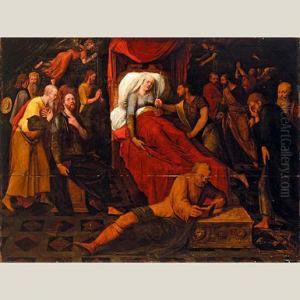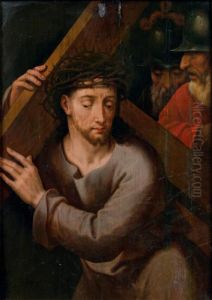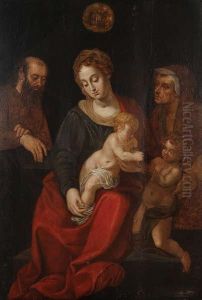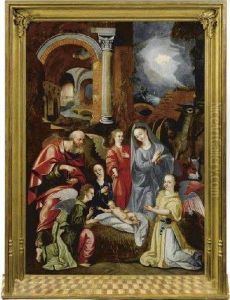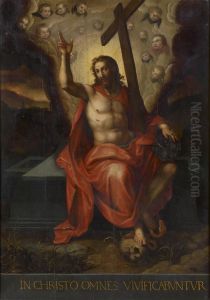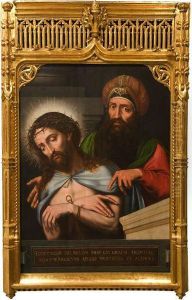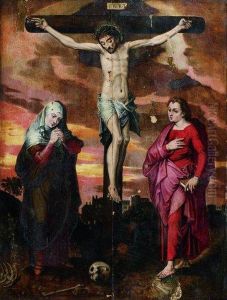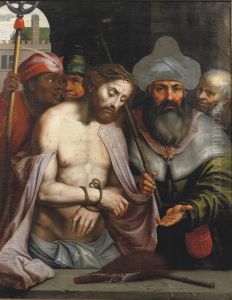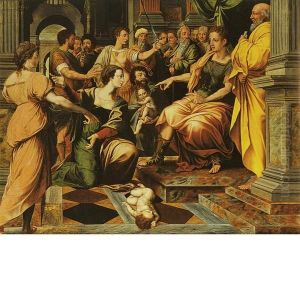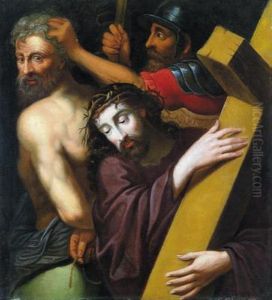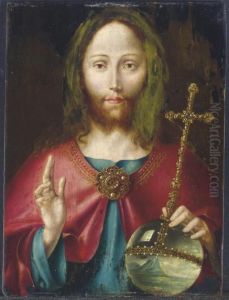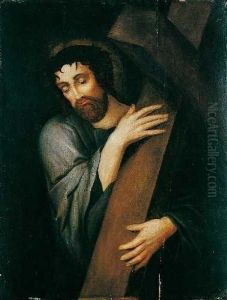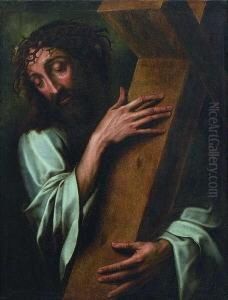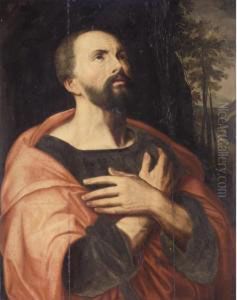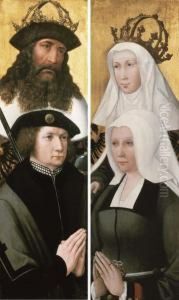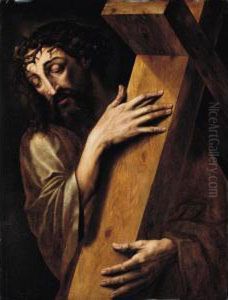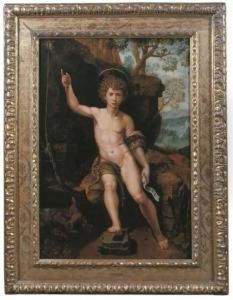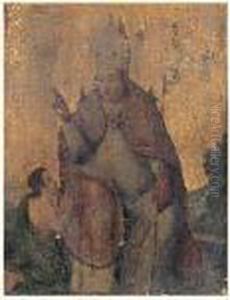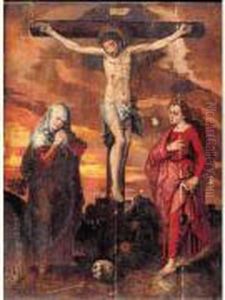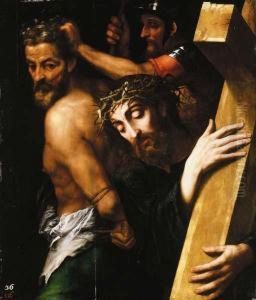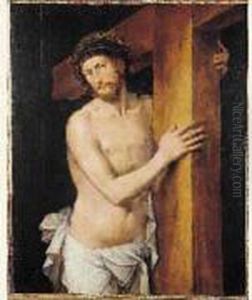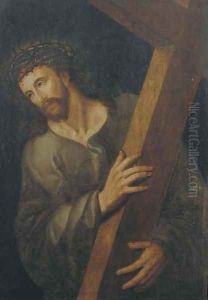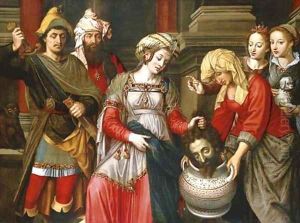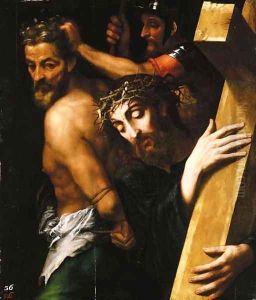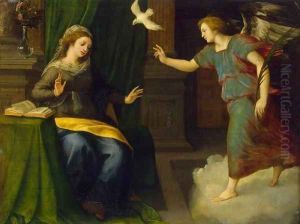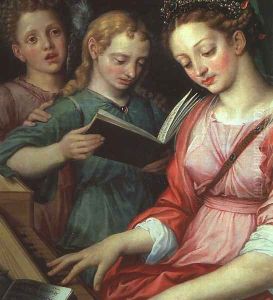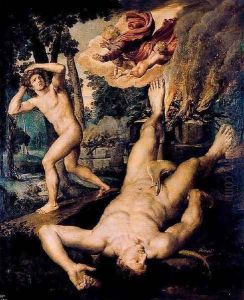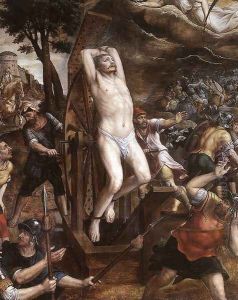Michiel Van Coxcie Paintings
Michiel van Coxcie, also known as Michiel Coxie, was a renowned Flemish Renaissance painter. Born in Mechelen, Belgium, in 1499, van Coxcie was a prominent figure in the artistic landscape of the 16th century, often referred to as the Flemish Raphael due to his style that echoed the Italian master Raphael Sanzio.
Van Coxcie was apprenticed to Bernard van Orley, a leading painter of Brussels, and his early works were significantly influenced by his master. However, his pivotal artistic development came about during his time in Italy, where he spent a considerable period from 1530 to 1539. In Rome, he was influenced by the works of Raphael and Michelangelo, absorbing the Italian Renaissance's ideals and integrating them into the Northern European painting tradition upon his return.
Van Coxcie's oeuvre includes religious compositions, mythological scenes, and portraits. His ability to blend the Italian Renaissance's techniques with the detailed and elaborate style of the Flemish tradition made his work highly sought after. He was commissioned to complete various altarpieces and was even involved in tapestry design, a prestigious art form in Flanders at the time.
Notable among his works is the restoration and completion of the Ghent Altarpiece started by the Van Eyck brothers, which stands as a testimony to his skill and the respect he commanded as an artist. Van Coxcie's work was characterized by careful attention to detail, balanced compositions, and a subtle use of color.
In addition to his painting, van Coxcie was also a teacher, and his workshop trained several prominent artists of the next generation. His influence on the Flemish art scene was profound, bridging the gap between the High Renaissance and the Northern Mannerism that followed.
Van Coxcie lived a long and productive life, continuing to work into his 90s. He died in 1592 in Brussels, leaving behind a legacy as one of the leading Flemish painters of the 16th century, who played a crucial role in the diffusion of Renaissance aesthetics in Northern Europe.
